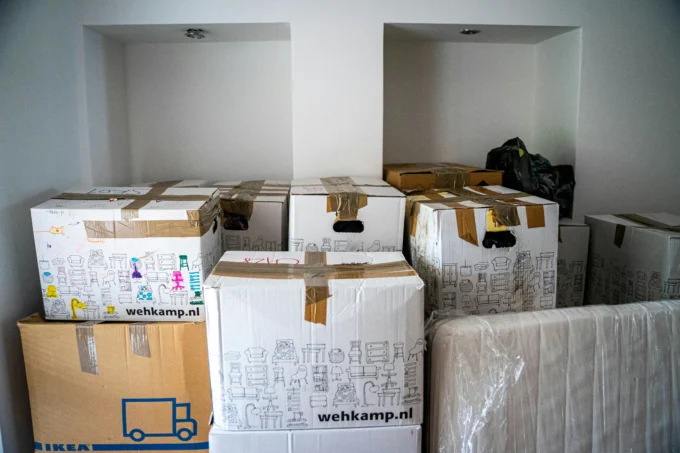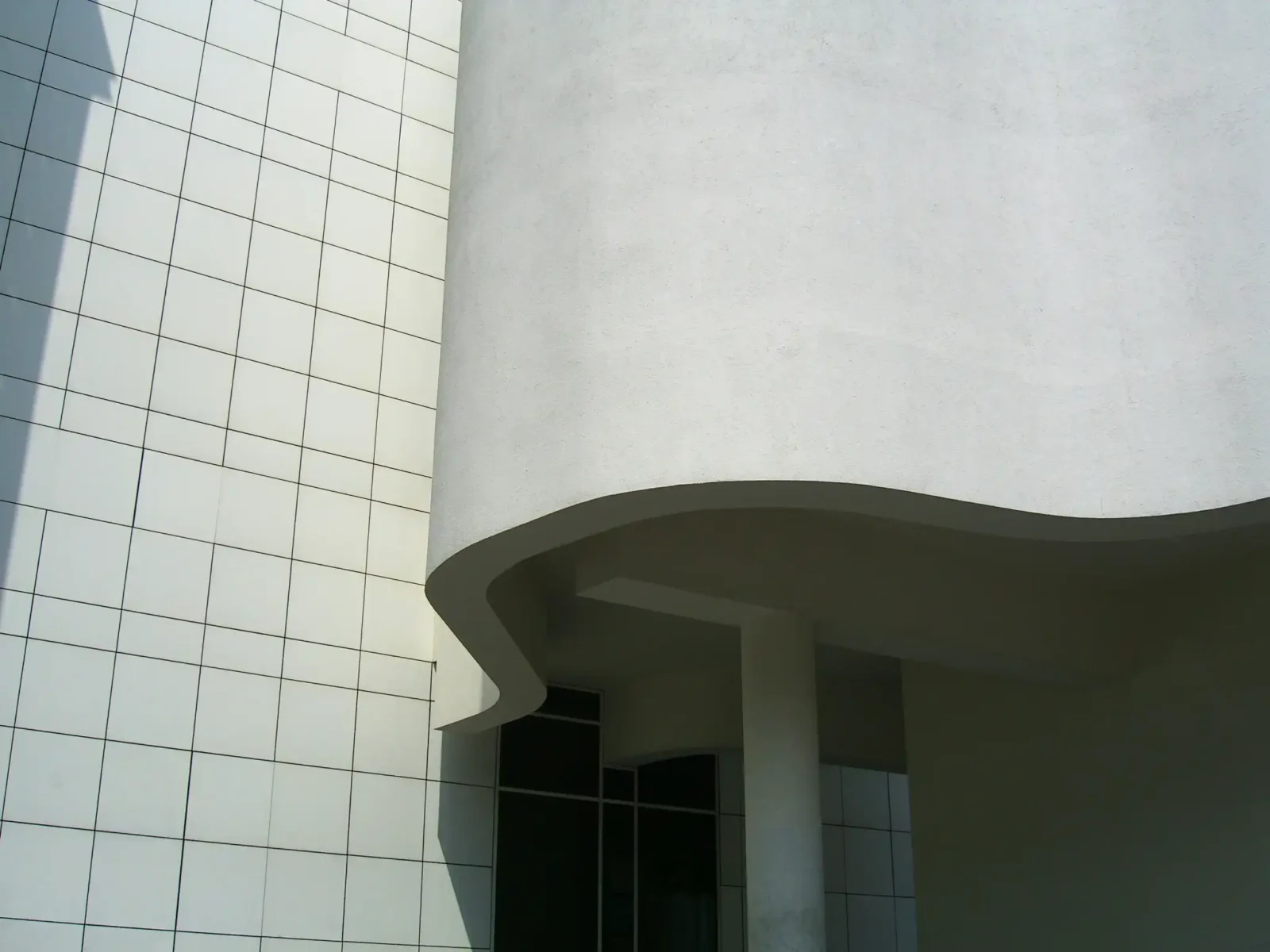- Home
- Articles
- Architectural Portfolio
- Architectral Presentation
- Inspirational Stories
- Architecture News
- Visualization
- BIM Industry
- Facade Design
- Parametric Design
- Career
- Landscape Architecture
- Construction
- Artificial Intelligence
- Sketching
- Design Softwares
- Diagrams
- Writing
- Architectural Tips
- Sustainability
- Courses
- Concept
- Technology
- History & Heritage
- Future of Architecture
- Guides & How-To
- Art & Culture
- Projects
- Interior Design
- Competitions
- Jobs
- Store
- Tools
- More
- Home
- Articles
- Architectural Portfolio
- Architectral Presentation
- Inspirational Stories
- Architecture News
- Visualization
- BIM Industry
- Facade Design
- Parametric Design
- Career
- Landscape Architecture
- Construction
- Artificial Intelligence
- Sketching
- Design Softwares
- Diagrams
- Writing
- Architectural Tips
- Sustainability
- Courses
- Concept
- Technology
- History & Heritage
- Future of Architecture
- Guides & How-To
- Art & Culture
- Projects
- Interior Design
- Competitions
- Jobs
- Store
- Tools
- More
Transform Your Space: Mixing Wood with Other Building Materials for Modern Design
Discover the art of mixing wood with materials like metal, concrete, and glass to transform construction and design. This article delves into the aesthetic and structural advantages of these combinations, promoting sustainability with responsibly sourced wood. Learn how these pairings enhance versatility, elevate styles from rustic to industrial, and ensure durability for modern living spaces.

When it comes to construction and design, mixing wood with other building materials can create stunning results. We often see wood paired with metal, concrete, or glass, leading to unique aesthetics and enhanced functionality. This combination not only elevates the visual appeal but also optimizes structural integrity and sustainability.
In our exploration of this trend, we’ll delve into the benefits and considerations of integrating wood with various materials. Whether it’s the warmth of wood complementing the sleekness of steel or the rustic charm of timber contrasting with modern concrete, the possibilities are endless. Join us as we uncover how these combinations can transform spaces and redefine our approach to building.

Table of Contents
ToggleOverview of Mixing Wood with Other Building Materials
Mixing wood with other building materials enhances both design and structural performance. We see significant combinations like wood and metal, wood and concrete, and wood and glass. Each pairing offers unique benefits and considerations.

Wood and Metal
Wood combines effectively with metal for a modern aesthetic. Metal frames provide strength and durability, while wood adds warmth and character. This combination works well in various applications, from residential homes to commercial buildings. For instance, steel beams paired with wooden ceilings create striking visual contrasts.
Wood and Concrete
Integrating wood with concrete brings together the advantages of both materials. Wood’s natural insulation properties enhance energy efficiency, while concrete’s strength offers stability. We often see this mix in contemporary architecture, where wood veneer surfaces soften the rigid appearance of concrete structures.
Wood and Glass
Wood and glass create spaces filled with natural light and beautiful views. The transparency of glass complements the organic quality of wood, resulting in an inviting environment. This pairing is popular in open-concept designs, where large glass windows showcase wooden frameworks.
Sustainability Considerations
Mixing wood with other materials also supports sustainability efforts. Wood sourced from responsibly managed forests ensures a reduced carbon footprint. When we combine these materials thoughtfully, we minimize waste and promote eco-friendly construction methodologies.
Design Versatility
Versatility defines the charm of mixing wood with various materials. We can achieve diverse styles, from rustic to industrial, by varying the combinations. With careful consideration, we maintain a cohesive design while enjoying distinct aesthetics in our spaces.
Benefits of Combining Materials
Combining wood with other building materials offers multiple advantages, significantly enhancing both design and functionality in construction. Below, we detail the key benefits of this innovative approach.

Enhanced Aesthetic Appeal
- Blends visual elements: Wood paired with metal, concrete, or glass creates a captivating contrast, merging warmth with industrial or sleek characteristics.
- Supports diverse styles: From contemporary to rustic designs, material combinations allow us to achieve desired aesthetics while maintaining a cohesive look.
- Incorporates natural textures: Mixing materials highlights wood’s unique grain and texture alongside smoother surfaces like glass or polished concrete, enriching the overall design.
- Promotes light interaction: The combination of wood and glass achieves a harmonious balance that maximizes natural light, creating inviting and spacious areas.
Improved Structural Integrity
- Increases durability: Using metal frames with wood reinforces structures, providing stability while retaining wood’s natural beauty.
- Enhances insulation: Pairing wood with concrete capitalizes on wood’s insulating properties and concrete’s durability, resulting in energy-efficient buildings.
- Optimizes design versatility: Mixed material structures can adapt to various environmental demands, ensuring safety and longevity in construction.
- Supports sustainable practices: Integrating responsibly sourced wood with durable materials minimizes waste and promotes eco-friendly building methods.
Popular Material Combinations
Combining wood with other materials enhances both functionality and aesthetics in construction. Here, we explore two popular combinations: wood with steel and wood with concrete.

Wood and Steel
Wood and steel create a striking contrast between warmth and industrial strength. Steel frames provide structural integrity, allowing for larger open spaces without compromising safety. This combination is common in modern architecture, where exposed steel beams showcase craftsmanship while wooden elements soften the overall look. Additionally, wood’s natural insulation complements steel’s durability, achieving energy efficiency in both residential and commercial spaces.
Wood and Concrete
Wood and concrete serve as a powerful combination that balances elegance and stability. Concrete’s mass offers exceptional strength, making it suitable for foundations and load-bearing walls, while wood enhances insulation and adds a cozy ambiance. This pairing allows for spectacular design possibilities—from sleek modern homes to rustic retreats. Effective use of wood alongside concrete helps manage humidity levels and promotes a warm, inviting atmosphere, ideal for contemporary living spaces.
Considerations for Mixing Materials
When blending wood with other building materials, several key factors emerge that influence design decisions and project outcomes.

Sustainability Factors
We prioritize sustainable practices in our projects, particularly when combining materials. Wood sourced from responsibly managed forests significantly lowers carbon footprints while enhancing aesthetic appeal. Pairing wood with materials like metal or concrete can improve energy efficiency. For instance, wood enhances insulation, reducing energy costs. Using recycled metals or sustainably-produced concrete also contributes to eco-friendly construction. Recommendations include selecting materials with sustainable certifications to ensure a lower environmental impact.
Cost Implications
Cost implications affect our choices when mixing materials. Wood often presents a more affordable option compared to metals and concrete. Investing in high-quality wood can yield long-term savings through durability and reduced maintenance. While integrating steel or concrete typically raises upfront costs, these materials often enhance the overall structural integrity and lifespan of the project. We assess project budgets carefully, considering both initial expenditures and long-term value when determining the best material combinations.
Conclusion
Combining wood with other building materials elevates both design and functionality in construction. Utilizing materials like metal, concrete, and glass enhances structural performance while creating visually appealing spaces.
The wood and steel synergy stands out with its modern aesthetic, allowing expansive layouts without sacrificing safety. Wood’s warmth balances the industrial strength of exposed steel beams, crafting inviting atmospheres.
Mixing wood and concrete provides stability and elegance, with concrete reinforcing structures and wood contributing to energy efficiency. This blend cultivates comfortable environments, ideal for contemporary living spaces.
Our commitment to sustainability guides the selection of responsibly sourced wood. Prioritizing eco-friendly practices minimizes carbon footprints while enhancing energy efficiency. We encourage evaluating project budgets to marry quality with financial pragmatism through effective material combinations.
In embracing these strategies, we redefine spaces that reflect innovation and sustainability, ensuring lasting appeal and performance.
- blending wood with steel
- contemporary wood furniture
- custom wood craftsmanship
- eco-friendly wood design
- innovative wood architecture
- minimalist wood design
- mixing wood and glass
- modern rustic design
- modern wood construction
- modern wood design
- sustainable wood materials
- wood and concrete interiors
- wood and metal interior
- wood design trends
- wood with building materials
- wooden accents in modern homes
I create and manage digital content for architecture-focused platforms, specializing in blog writing, short-form video editing, visual content production, and social media coordination. With a strong background in project and team management, I bring structure and creativity to every stage of content production. My skills in marketing, visual design, and strategic planning enable me to deliver impactful, brand-aligned results.
Submit your architectural projects
Follow these steps for submission your project. Submission FormLatest Posts
The Ultimate Guide to Fencing in North Dakota: Choosing the Best Fence for Your Property
Watching a chain link fence twist in 70 mph winds near Minot...
Gaudí: Where Architecture Meets Science
Gaudí: Where Architecture Meets Science shows catenary arches, ruled surfaces, and biomimicry...
How Housing Market Forces Shape Architectural Design Today
Architecture never exists in isolation. Buildings rise from a mix of ambition,...
Why Portable Formaldehyde Gas Detectors Matter on Construction Sites
As construction practices shift toward more enclosed and material-intensive environments, the risk...












Leave a comment